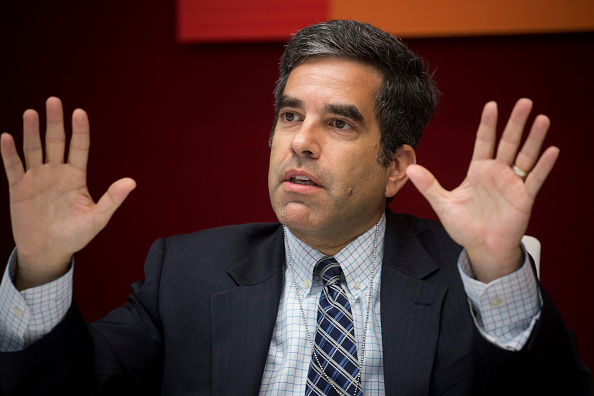Public to get info on CEO salaries compared to worker pay
The 3-2 vote, with the two Republican commissioners dissenting, culminated years of heated public debate over one of the most controversial rules the agency has put forward in recent years.
Supporters of the rule, mainly Democrats, want to point out the growing income inequality in America between the boardroom and the factory floor.
The compensation package for CEOs has skyrocketed over the past four decades: In 2013 the boss’s annual pay was 300 times higher than the typical worker’s, compared with a 20% ratio in 1965, according to a study by the Economic Policy Institute, a Washington-based think tank. Companies with a large number of part-time, seasonal, and temporary employees also worry that those populations will negatively skew their ratio.
They also say publicly traded U.S. companies already disclose how much their top executives earn, making the pay ratio requirements redundant. The rule was first introduced by the Dodd-Frank Act when it was approved by Congress back in 2010 and will require public firms to disclose just how wide the gap is between CEO pay and median employee earnings.
As for that median compensation, the SEC is giving companies “flexibility in meeting the rule’s requirements”.
The SEC received more than 280,000 comments on the proposed rule, with various companies and business organizations fighting the disclosure, claiming it would be too costly to calculate a company’s median salary and of little use anyway. The head of the US Chambers of Commerce said that the rule is more harmful than helpful and said that the Chamber would explore all options to “clean up the mess” the rule has created.
The SEC’s two Republican members opposed the regulation but were overruled by the three-member Democratic majority.
The rule allows companies, when calculating the median employee pay figure, to opt for a statistical sampling of employees rather than an actual survey of all workers.
“While there is no doubt that this information comes with a cost, the final rule recommended by the staff provides companies with substantial flexibility in determining the pay ratio, while remaining true to the statutory requirements”, White said in a published statement. It is a “nakedly political rule that hijacks the SEC’s disclosure regime to once again effect social change desired by ideologues and special interest groups”. Public companies with less than $75 million in shares held externally or less than $50 million in annual revenue are exempt from the disclosure, as are emerging growth companies and investment companies. Companies can exclude from the median pay calculations up to 5 percent of their employees outside the U.S. This rule is more of a slingshot than an atomic bomb, but anything helps. “The pay ratio disclosure will provide another metric that is useful on many fronts”, SEC Commissioner Kara Stein (D) said, Fox Business reported.








